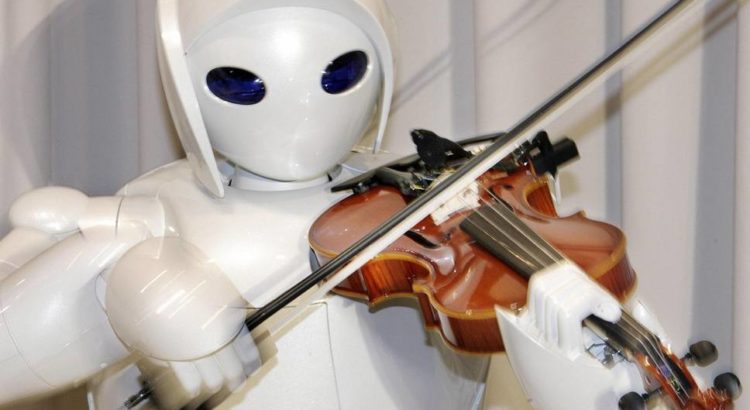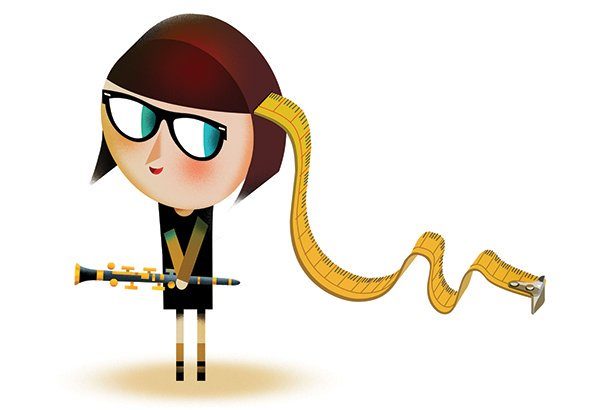United Kingdom/March 20, 2018/By: ROHAN SILVA/Source: https://www.standard.co.uk
If you’re doing a job involving creativity it’s less likely to be replaced by software: robots are hopeless on that front.
You can’t beat a good paradox. One of my favourites comes from Peter Moravec, a scientist at Carnegie Mellon university in the US — he points out that lots of things that humans find difficult, and have to study for years to master — such as chess, complex mathematics and financial analysis — are actually tasks that computers excel at.
Meanwhile, things that come naturally to a young child — recognising a face, interacting with people, moving around and so on — are some of the toughest skills to teach machines. This insight has come to be known as Moravec’s Paradox, and it’s something technologists have been grappling with for decades.
As US academic Steven Pinker puts it: “When it comes to technology, the hard problems are easy and the easy problems are hard. The mental abilities of a four-year-old that we take for granted — recognising a face, lifting a pencil, walking across a room, answering a question — in fact solve some of the hardest engineering problems ever conceived.”
Nowhere is this more true than when it comes to creativity. Children are good at using their imagination, making things up, telling stories and concocting new games — but this innate human ability is fiendishly difficult to train software and computers to do. That means if you’re doing a job that involves creativity, no matter what the industry or field, it’s less likely to be replaced by software — because luckily for us, robots are hopeless on that front.
That’s great news because it shows how we can ensure we don’t lose out to technology — by doing more of what humans are good at, and nurturing people’s creative abilities.

At a time when the Bank of England is predicting that as many as 15 million British jobs could be lost to automation, politicians should be pulling out all the stops to ensure our education system is equipping people with the skills they need to find high-quality work. Sadly, we seem to be heading in the wrong direction.
The English Baccalaureate — known as the EBacc — now evaluates schools on their performance in English, maths and a handful of other subjects but excludes the creative arts. As a result, creative subjects are in steep decline in state schools across the country.
According to a report by the Education Policy Institute, the number of hours secondary schools spend teaching the arts has been reduced by 17 per cent in recent years, while the number of students taking at least one creative subject at GCSE level has fallen fast.
Changes to school funding are further adding to the squeeze. A recent BBC survey found that nine in 10 schools are cutting back on lesson time, staff or facilities in at least one arts subject.
Music education has been hit especially hard, with free musical instrument lessons being removed from many UK schools. This is tough on poorer families, and it’s bad for social mobility too.
As Andrew Lloyd Webber rightly says: “The removal of funding from music in schools is fast becoming a farce as well as a national scandal. Music is a proven asset to everything from children’s behaviour to academic achievement.”
To Lloyd Webber’s immense credit he’s put his money where his mouth is, and donated millions to provide music classes to children who wouldn’t otherwise get the chance to learn an instrument.
But if Britain is going to keep producing the employment, businesses and industries of the future, we’re going to need more than philanthropy — government needs to step up and make sure arts subjects are properly taught in schools. There would be plenty of other benefits too.
Right now, countries such as China and India are evolving fast, and moving away from low-cost manufacturing towards domestic consumption and higher-value goods. This means hundreds of millions of new middle-class purchasers of creative content like films, music and video games — as well as growing creative industries such as fashion, advertising and technology.
That’s a huge opportunity for the UK — but one we risk squandering if we don’t have the right education policies in place.
There’s another upside too — related to science, which you might think has nothing to do with the arts. On the contrary — an American study recently found that Nobel Prize-winning scientists are almost three times more likely than the general population to play a musical instrument or regularly participate in the arts.
It’s a similar story with members of the Royal Society, Britain’s most illustrious scientific body — compared with other scientists, they’re twice as likely to have an artistic hobby.
As Nick Hillman, of the Higher Education Policy Institute, notes: “The UK’s future success depends on excellence in breadth and deeper links between the arts and the sciences.”
It would be so easy for the Government to start to put things right — for instance, by including at least one arts subject in the EBacc, and making clear that performance in the arts should count towards school league tables.
But the first step would be for politicians to recognise the economic importance of fostering creativity, at a time when technology is replacing so many human jobs.
Unfortunately, as another paradox shows, we’re not always smart at valuing the things that really matter.
More than 150 years ago, the economist Adam Smith described the paradox of value — the fact that essential goods such as water, which we couldn’t survive without, are often very cheap, while much less useful items such as diamonds are incredibly expensive.
If we’re going to win the race against the machine, and ensure we keep creating well-paid new jobs, we have to start valuing arts education properly — and put creative subjects back into schools. If we don’t, we’ll be much the poorer.
Source:
https://www.standard.co.uk/comment/comment/the-only-way-to-beat-the-robots-is-to-back-arts-education-in-schools-a3790916.html









 Users Today : 9
Users Today : 9 Total Users : 35460362
Total Users : 35460362 Views Today : 12
Views Today : 12 Total views : 3419112
Total views : 3419112